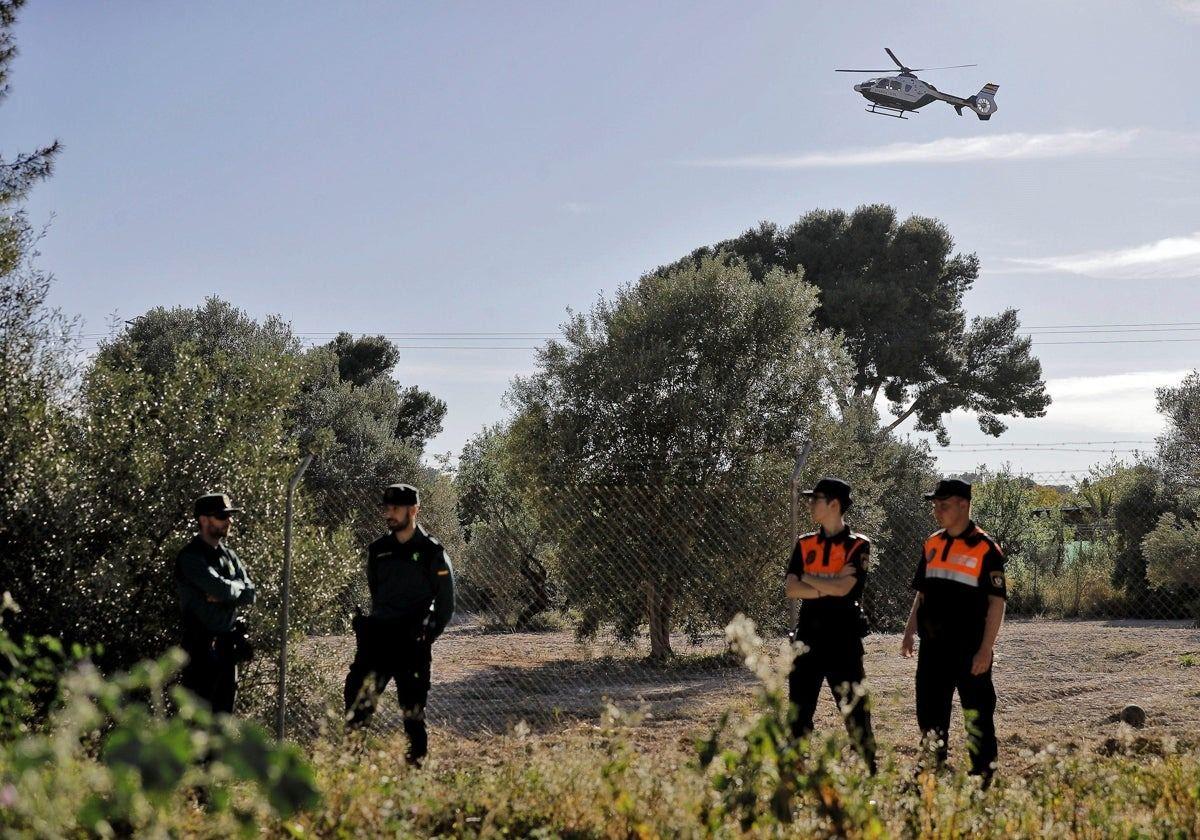Appeals for missing children double in Spain in five years
Most of the cases concern adolescent girls with psychological problems or who suffer violence, often from complex family backgrounds
The number of missing children in Spain is considered a growing problem. In addition to the official data from the Ministry of the Interior, which concludes that half of the people reported missing last year (49.4%) were children and adolescents, the Fundación Anar, dedicated to the protection and promotion of the rights of children and adolescents at risk, received almost 4,400 requests for help regarding 1,171 missing minors. This is almost double the number of requests received just five years ago.
Anar has been able to carry out a detailed study of who these children are, their motives, problems and social environments thanks to the analysis of the quality information provided by the thousands of calls received each year on 116000 - the telephone number used throughout the EU to help missing persons and their relatives. The number is operated by the Ministry of the Interior in Spain.
The majority of runaways, more than six out of ten, are adolescent-age girls who come from all types of families, but mostly from single-parent homes - a characteristic in 36% of the cases. Children who run away from public centres or institutions account for 5% of the total. Children under the age of 13 account for 13%, while younger adolescents make up nearly one in five cases (19%).
The main motive is the child running away, followed by expulsion from the family and 12% are associated with kidnapping by a parent
The vast majority of cases of missing minors - 58% - are due to them running away from home. The second most common reason is being kicked out by their families, which accounts for nearly one in four cases. Parental abductions are the third main cause, making up about 12%. Less common reasons include children getting lost or having accidents, being kidnapped by strangers for criminal purposes or unaccompanied migrant children running away.
Two out of three missing children and adolescents suffer psychological problems linked to sadness, fear, suicidal ideation, anxiety, self-harm and, to a lesser extent, loneliness and social isolation. A good part of the other third are victims of psychological and physical abuse in their immediate environment, while other issues such as problems at school, relationship difficulties and child poverty account for the remaining 13.8%.
Anar's research has also determined that many of the missing children grow up in complex and often problematic family and social environments. Gender violence is detected in 12% of the cases; addictions and psychological abuse have a similar figure. Between 9% and 10% of the cases also include physical abuse or aggressive behavior. Mental health problems in the family are present in half of the cases, while violence against minors is present in 27%. Other problems, such as relationship difficulties, legal problems, child poverty or immigration, are detected in 23%.
Long-standing conditions
On most occasions, the problems that surround, and perhaps contribute to, the disappearance of the child or adolescent have been recurring for more than a year. These cases can therefore be described as highly serious or complex. In 82% of the cases, Anar had to provide the child or their family with psychological, social and legal counselling.
The urgency and seriousness of the situations is also demonstrated by the fact that, on 1,347 occasions, external child protection agencies had to get involved.
Benjamín Ballesteros, technical director of Fundación Anar, highlights that some of this urgent care also attends to the families of the missing, as the absence of children and adolescents is "one of the hardest and most traumatic experiences a human being can suffer; as a consequence, fear, anxiety, sadness, addiction or suicidal behaviour are some of the most frequent problems experienced by families after the disappearance of their child".

